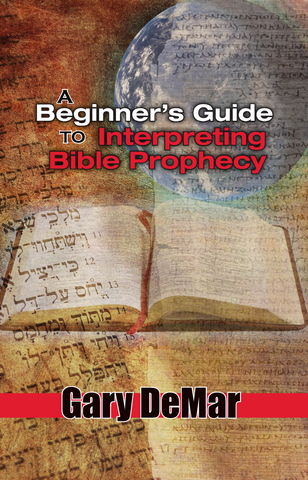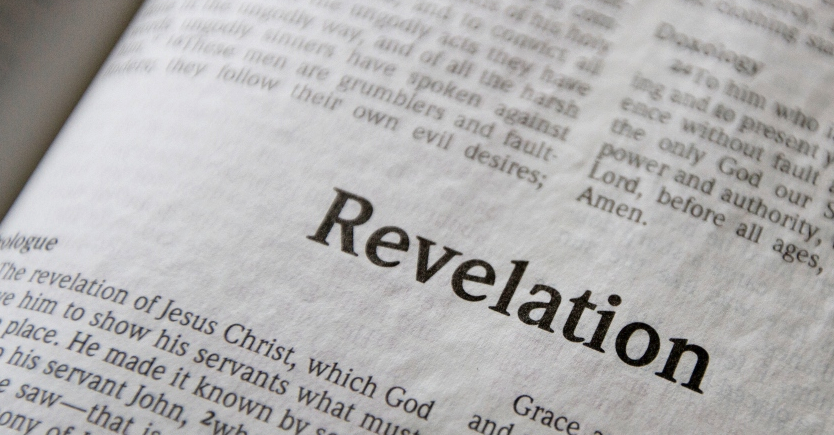Gary continues his hermeneutics lesson with discussions about time statements and the book of Revelation.
Proper interpretation of the Bible depends on the type of literature that’s being studied and the way words and phrases are used in different contexts throughout Scripture in their literary setting. “The term literal comes from the Latin litera meaning letter. To interpret the Bible literally is to interpret it as literature.”
Consider Daniel 4:11. The context describes a dream-vision that Nebuchadnezzar had In that dream he saw a tree “in the midst of the land, and its height was great” (4:10). Right away we should note that these images were seen in a dream as a series of visions. The fact that Daniel had to interpret the vision is an indication that the images in the dream represent other things (4:19–37). Nebuchadnezzar is the subject of the dream. He was like a tree in that he had “grown strong” and his “majesty had become great and reached to the sky” (4:22).
Some of the problems associated with interpreting the Bible literally happen because of translation issues. For example, many translations of Daniel 4:11 read this way: “And it was visible to the end of the whole earth.” Critics of the Bible would say that this would be impossible if the biblical writers knew the earth was round. The Hebrew word eretz can be translated “earth” or “land,” as in “the land of Israel” (Ezek. 12:19) and the “land of Shinar” (Dan. 1:2). The “earth of Israel” or the “earth of Shinar” would make no sense.
It would be difficult for a Golden-Rule literalist to deal with flat-earth and earth-centered language. “Common sense” observation did not lead scientists to conclude that the earth is a sphere. Even today, “common sense” observation shows the sun rises and sets around a stationary earth. The Bible is not attempting to teach a science lesson with these passages any more than newspapers are trying to be scientifically precise when they post when the sun will rise and set each day.

A Beginner's Guide to Interpreting Bible Prophecy
With so much prophetic material in the Bible — somewhere around 25% of the total makeup of Scripture — it seems difficult to argue that an expert is needed to understand such a large portion of God’s Word and so many “experts” could be wrong generation after generation. If God’s Word is a lamp to our feet and a light to our path” (Psalm 119:105), how do we explain that not a lot of light has been shed on God’s prophetic Word and with so little accuracy? A Beginner’s Guide to Interpreting Bible Prophecy has been designed to help Christians of all ages and levels of experience to study Bible prophecy with confidence.
Buy NowGary is interviewed about biblical hermeneutics (the art and science of interpretation). He continues his lesson with discussions about time statements and the book of Revelation. Most Christians have never been taught these things and while it takes work and patience, there are many free online tools available that can help make the process easier. (NOTE: The host’s audio is very bad and used very sparingly. Gary does most of the speaking.)

